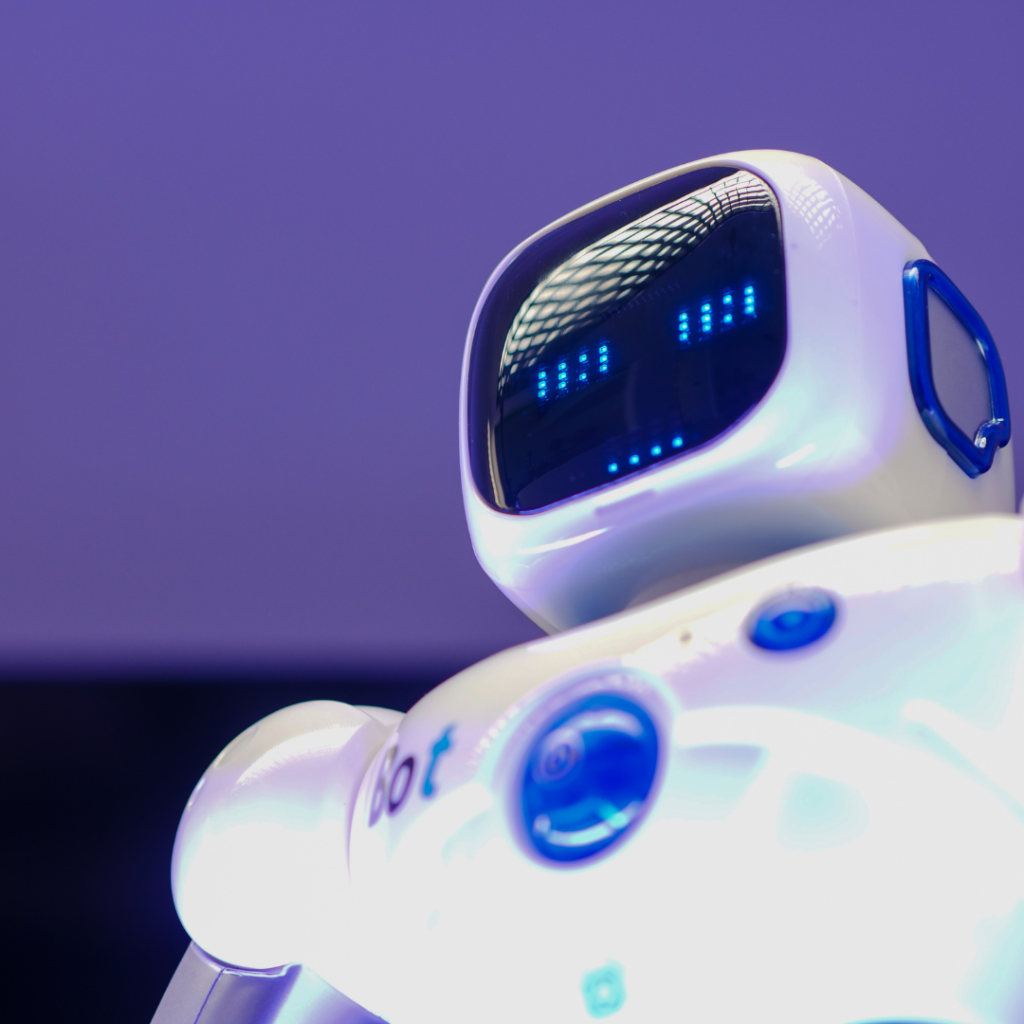Education is the cornerstone of human progress, a journey that should empower every individual to reach their full potential. Yet, traditional classroom settings often fail to cater to the unique needs and learning styles of each student. This is where Artificial Intelligence (AI) steps in, heralding a new era in education where every student can learn at their own pace, unlocking a world of limitless possibilities.
Understanding the Learning Spectrum
Education is not a one-size-fits-all endeavor. Every student comes to the classroom with their own set of strengths, weaknesses, and learning preferences. Some grasp mathematical concepts effortlessly, while others excel in languages or arts. The challenge lies in accommodating this vast spectrum of learning profiles within a single classroom.
AI has the power to bridge this gap. By harnessing the capabilities of AI, educational institutions can offer tailored learning experiences that adapt to each student’s unique needs, ultimately fostering a more inclusive and effective educational environment.
Do you have a software/mobile development project in mind? Contact us today and let us help you turn your idea into reality. We have the skills, experience, and passion to create amazing solutions for your business needs. Email us at sales@nesesho.com
Want to know more about our Tech Solutions? Visit us at www.nesesho.com
1. Personalized Learning Paths
One of AI’s most transformative applications in education is the ability to create personalized learning paths for students. AI algorithms analyze a student’s learning history, strengths, and weaknesses to create a curriculum that suits their individual needs. This approach ensures that students aren’t held back by the pace of the class or left struggling to catch up.
Imagine a student who excels in science but struggles with mathematics. AI can identify this discrepancy and adjust the curriculum to allocate more time and resources to math, while allowing the student to progress rapidly in science. This tailored approach not only enhances learning outcomes but also boosts students’ confidence and motivation.
2. Adaptive Assessments
Traditional exams often fall short of assessing a student’s true understanding of a subject. AI-driven adaptive assessments, on the other hand, continuously adapt to the student’s level of knowledge. If a student answers a question correctly, the assessment presents a more challenging one. If they answer incorrectly, it offers a simpler question.
This adaptability ensures that students are always engaged at an appropriate level, preventing boredom or frustration. Moreover, it provides educators with a more accurate measure of a student’s progress and areas that may require additional attention.
3. Real-Time Feedback and Assistance
One of the key advantages of AI in education is its ability to provide immediate feedback and assistance. When students have questions or encounter difficulties, AI-powered chatbots or virtual tutors can step in to offer guidance. This real-time support is invaluable, as it prevents students from getting stuck on a problem and allows them to continue learning without interruption.
Additionally, AI can analyze a student’s work and provide detailed feedback, highlighting areas of improvement. This instant feedback loop helps students refine their skills and gain a deeper understanding of the subject matter.
4. Enhancing the Teacher’s Role
AI doesn’t aim to replace teachers; rather, it complements their efforts. With AI handling administrative tasks such as grading and curriculum planning, educators can devote more time to what truly matters: fostering creativity, critical thinking, and meaningful interactions with students.
Teachers can use AI-generated insights to tailor their teaching strategies to meet individual student needs. They become mentors and guides, helping students navigate their educational journeys more effectively.
5. Inclusive Education for All
AI’s potential to promote inclusive education is particularly noteworthy. It can accommodate students with diverse learning needs, including those with disabilities. For instance, AI-powered assistive technologies can convert text to speech, providing auditory support for students with visual impairments. Similarly, speech recognition and language translation tools can aid students with speech or language difficulties.
AI-driven transcription services can benefit both students and educators, making it easier to review lessons or ensure accessibility for students who may have missed a class. In this way, AI contributes to making education more accessible and equitable for all.
Challenges and Ethical Considerations
While the promise of AI in education is immense, it is not without its challenges. Privacy concerns, data security, and the potential for bias in AI algorithms must be carefully addressed. Moreover, the role of teachers remains vital in guiding students and fostering social and emotional skills that AI cannot replicate.
Conclusion
AI’s role in personalized learning represents a paradigm shift in education. It empowers every student to learn at their own pace, unlocking their unique potential. While challenges exist, the benefits of AI in education are undeniable. By harnessing the power of AI, we can create a more inclusive, efficient, and effective educational ecosystem that prepares students to thrive in an ever-changing world. The future of education is personalized, adaptive, and filled with endless possibilities, thanks to the transformative force of AI.
Do you have a software/mobile development project in mind? Contact us today and let us help you turn your idea into reality. We have the skills, experience, and passion to create amazing solutions for your business needs. Email us at sales@nesesho.com
Want to know more about our Tech Solutions? Visit us at www.nesesho.com



